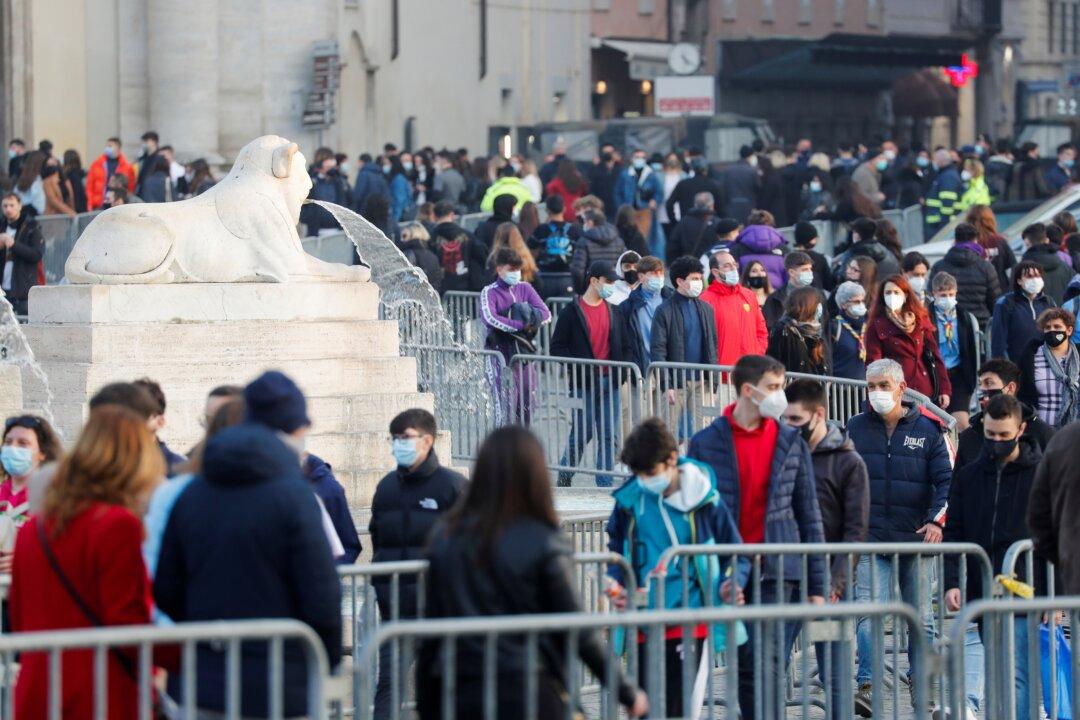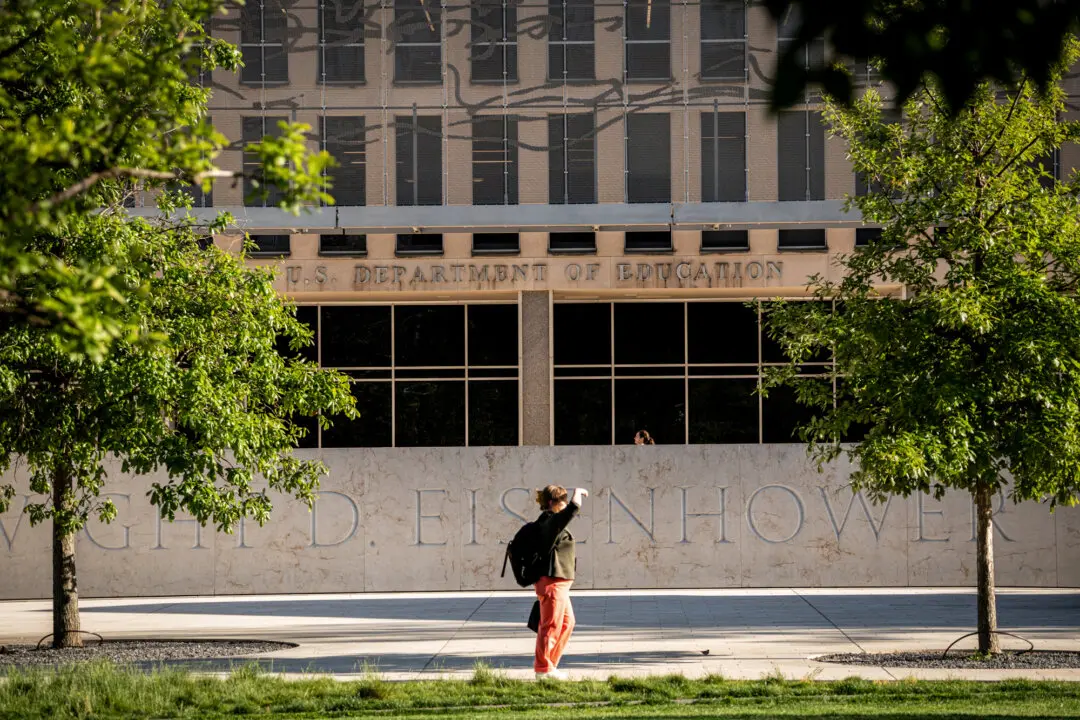Most of Italy’s 20 regions, including the regions surrounding the cities of Rome and Milan, are entering another round of lockdown that could last until Easter, in order to curb the spread of the CCP virus, which causes the COVID-19 disease.
A year after Italy became the first in Europe to suffer a major CCP (Chinese Communist Party) virus outbreak, the nation once again finds itself in the middle of a surge in infections, this time with new variants, including those identified in the United Kingdom, South Africa, and Brazil.





